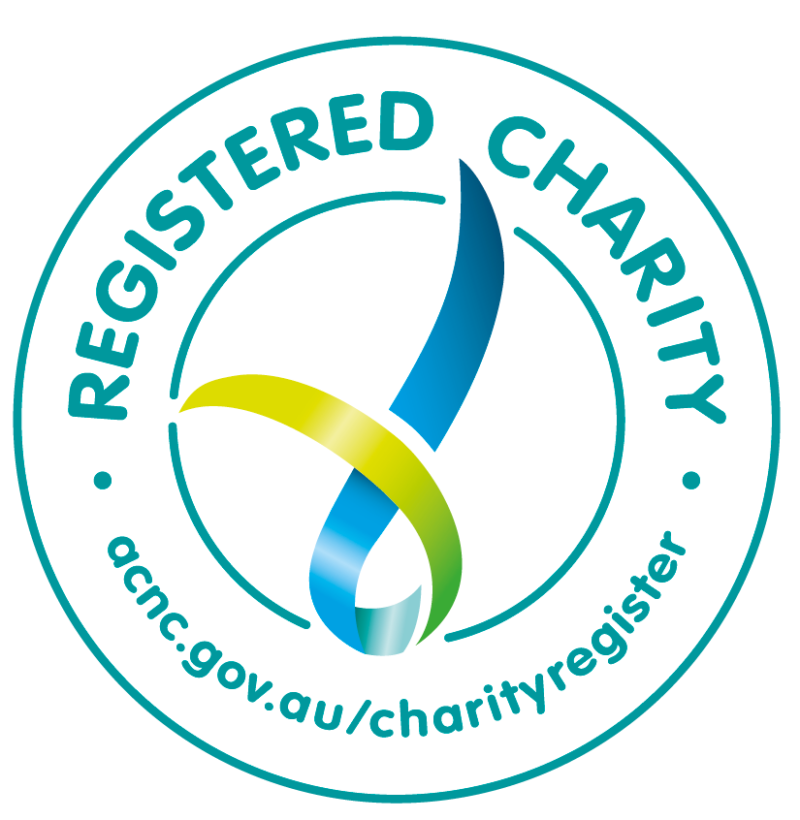Your child’s self-image or self-identity refers to their mental image of themselves, of who they are as individuals, socially and more globally. A sense of image or identity can be shaped by experiences, interactions with others, the local environment, and their own unique personality. Self-image has a lot to do with self-esteem because how your child see themselves is a big contributing factor to how they feel about themselves.
For children and young, people self-image is formed from internal questions such as – Who am I? Where do I fit in? What do others think of me? What influence do I have in my world? Who will I be as I grow up? Your children’s self-identity is continually formed and shaped changing based on their experiences as they develop.
Supporting your young child’s self-image
To build a strong sense of image and identity, your child first has to feel they belong. They learn this through safe and secure relationships – first with their family and later with other caring adults and children. Relationships are the foundations for your child’s strong sense of self-image. It is shaped by the ways that you and others respond to them.
Top Tips
- Tell your child they are loved and that you love them no matter what.
- Value what is unique about your child. Let them know how special they are in their own way.
- Pay attention to and listen to your child. This tells children they are important and valued and that it is safe to express feelings and opinions.
- Encourage your child to make choices and have-a-go at things themselves (within appropriate limits). Support your child in their efforts to be more independent and come to you for back up, as needed.
- Encourage play with others and mix in different social settings. Help them so develop social skills to fit in.
Supporting your adolescent’s self-image
A significant feature of children moving towards adolescence is their growing need to develop a sense of their own identity and their self-image. At around ages 9 to 10 years children begin the first stages of a defining themselves as an individual outside of the family group. Even though identity development occurs throughout our lifetime, adolescence is when your child will first start to really consider as individuals how their image impacts their lives.
They begin to compare themselves to other young people, their own age, to see how they fit in. Having a sense of belonging and acceptance from their family and friends provides teens with self-assurance they naturally seek at this age.
Top Tips
- Accept your child for who they are. Regardless of how different your child may be compared to you, it’s crucial to let them know you love and value them as they are.
- Listen and be fully engaged when they want to connect with you. Let them know you are interested in what they have to say.
- Encourage self-discovery. Ask them about their thoughts, opinions, likes, dislikes and what is important to them to help.
- Pay them genuine compliments. Show them that you notice more than their appearance or their performance. Focus on a range of qualities – their positive choices, creativity or their ability to act as a good friend.
- Help them find their ‘tribe’. They need to feel that they belong, so help and encourage them to connect with like-minded people that value them and will support them for who they are.



